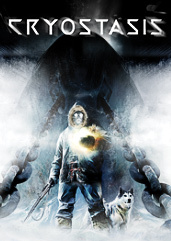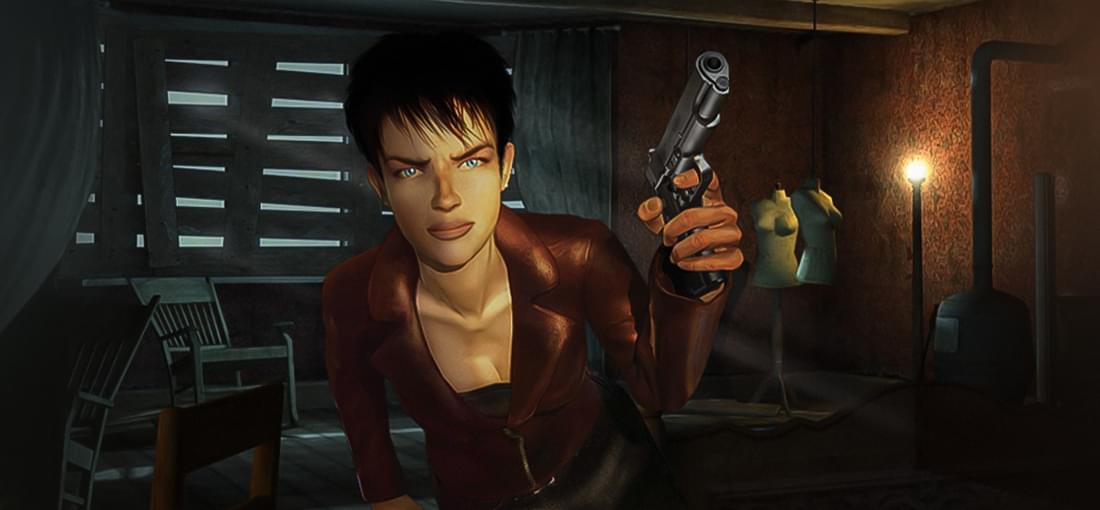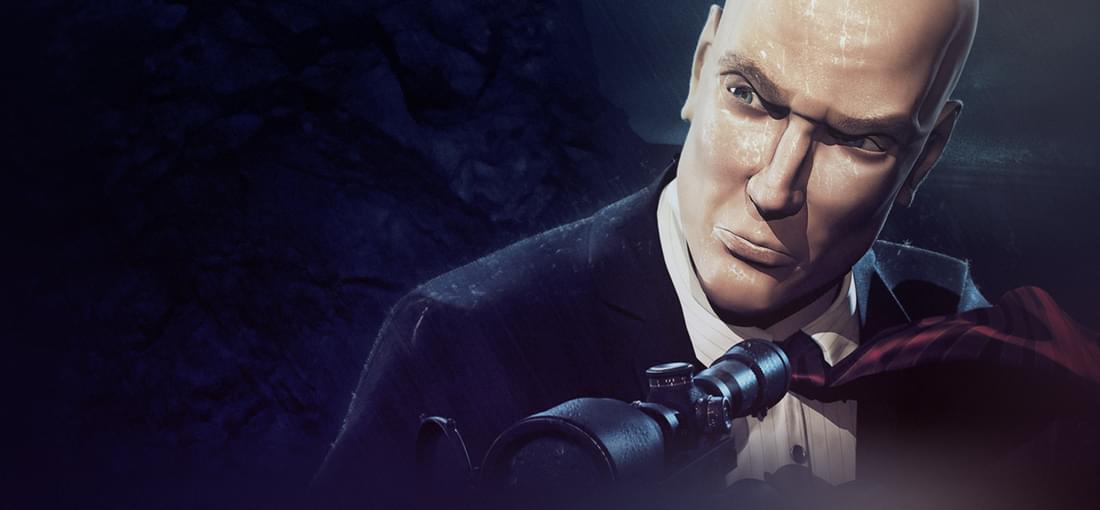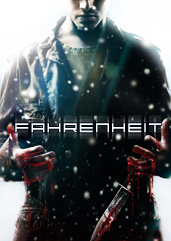


One of the best Ukrainian made games, outshadowed only by the later released Metro 2033, Анабиоз: Сон Разума/Cryostasis: The sleep of reason is a highly atmospheric survavil horror game. Gameplay mechanics, similar to those seen in Condemned: Criminal Origins, mixed with the unique setting of a crashed and frozen ice-breaker and superimposed over the Staruha Izergil story by Maxim Gorky create a completely unique experience. Gameplay can be divided into more action filled parts, where you can fight or shoot (as already said, rather similar to Condemned). More story and adventure-game like parts. Later is felt most in the "Mental Echo" parts of the game - relieving of the last dying moments of people, found on the ice-breaker, where it is possible to change the fate of the said people and, as such, help yourself open a way forward. But the most interesting part of the gameplay is, obviously, in the way it handles "health". There is no "health" as is - instead there's body heat and stamina. As such, enemies and certain areas of extreme cold, instead of "killing" you, freeze you (to death, yes). And your constant focus in game is finding heat sources (usually simple light bulbs), to get warm and make your body heat rise. It's a very interesting concept that keeps you on the endge, but never feels too frustraiting or hard to check on. Main problems Cryostasis has are rather simple - it's visually beautiful (especially for those with hardware PhysX), but very power hungry and badly optimized. Cryostasis is a chillingly beautiful game. It works great as a survival horror, and as a storydriven philosophical adventure. And is a nice way to chill in summer. As you might very well feel getting cold by simply playing the game, even if it's hot outside.

You may have played the original Alone in the Dark, the precursor of the Survival Horror genre finalized by an instant classic Resident Evil. It wasn't really about being alone or in the dark, but brought a completely new feel to the Adventure genre. Second and the third games in the series decided to put more emphasis on action and less on creepy Lovecraft-style atmosphere. And then, when Resident Evil came, the series were forgotten for a time. But in 2001 Darkworks finished the new game in the series. Developed for PS1, a return to survival and horror adventure finally decide to justify the name of the series. First, and only for now, time the game was called Alone in the Dark for a reason. You were pretty much alone, on an island covered in darkness with enemies born of darkness and afraid of light. And that very same concept, recently revisited by Alan Wake, was very interesting. Flashlight, instead of being a simple tool to help your navigation, was a weapon. It wasn't a novel idea, but the way it was done was very interesting. But a lot of people, fans of the original trilogy, were disappointed. Why? Most likely, by the fact that The New Nightmare was in many ways "another Resident Evil clone". Beautifully done and, in the end, very individualistic. But still not "something completely different". The control scheme was similar, battles used similar logic, same pre-rendered backgrounds, same load between areas. Even two characters as in Resident Evil 2. Everyone seemed to ignore the facts, that RE system worked wonderfully and was based on the original AITD, that original AITD also had two characters. And the fact, that instead of two characters going through the same things and puzzles, like RE2 did, you had two completely different and complementing scenarios. But even though the game looked great, played great and had a lot of interesting mind-twisting tricks (something Eternal Darkness later done even better), the game did suffer from a lot of problems. RE-scheme was good, but had its own flaws, that were present here as well. And the game had its own share of small or big flaws, one of the biggest ones was the story. Starting in a Lovecraft-style "unknown horror" it decided to change to a "scientifically explainable horror" and no old-Indian mythologies could help the growing lack of interest in the story. But even knowing the flaws and having finished the game several times now, i couldn't help but by the game the second i saw it.

I called my Still Life opinion "Right Track". Still Life 1 was it - a step in the right direction after a slightly misguided Post Mortem. Right mixture of supernatural and realistic, mysterious and scary, thriller and a detective story. Still Life 2 throws it all out of the window. But, strangley, doesn't become a bad *game* with it. Let's be honest here: Still Life 2 has *nothing* to do with Post Mortem and Still Life 1. It has the same main character as the last game in name and likeness and even "finishes" the last game's story. But the likeness is only on the surface. Victoria is shoveled in a gritty Saw-like story and is different herself. The original game's story is resolved in the most disgraceful way possible, without much though given to who should be the villain and how it should be presented to player. However, despite being no longer a "classy" thriller, being closer to the more modern gore-shocker thrillers, Still Life 2 manages to be an adequate game. The story is not without twists, the gameplay has some rather neat tricks up the sleeve. It's rather good, albeit not very memorable. And this is exactly the game's problem. It's not bad enough to be simply dismissed, but not fun enough to be remembered. It's just adequate, but lacking the spark to make it something more than this. Something, Still Life 1 had.

Codename 47 was a success, a success that needed a sequel. And what do the good sequels do? Fix what's broken, evolve what's working. And Silent Assassin does that...kinda. Unfortunately, not always right. The overall structure of the game remained the same - you have a map where you need to do something, preferably unnoticed, and then, usually, leave the area. But how you do it is slightly different. First of all, and that is important for more... kind, i guess, players like me, - you can knock out enemies with a chloroform instead of killing them. This also means, that now you can knock out innocent people in the area and use their clothes almost without any consequences. Almost, because knocked out people do regain consciousness (quicker on higher difficulty), and because there is a new meter. Yes, starting with this game there is a "suspicion" meter in play. And it's rather stupid, unfortunately. When you are seen by enemy/guard-type characters, their "suspicion" goes up. It's universal for the map and it can only be slightly changed by what you are wearing at the moment. But it didn't work as well as in later installments, with lots of smaller "if"s in play, where enemy/guard character could truly be described as "suspicious" and not "crazy and paranoid" and willing to shoot a hotel visitor just because he made a wrong turn (and yes, this can happen). What's also sad, is that the infamous jungle chapters from Codename 47, are here as well, only now you're in snowy Japan. Why would developers want to leave this kind of section in the game is still something i don't understand. But it's a solid game. Not yet as refined as Contracts and Blood Money, but not as raw and hardcore-ish as Codename 47. Definitely worth the play. P.S. Jesper Kyd's music is amazing as always. So, erm, wot's the deal with the soundtrack, GOG.com? P.P.S. You can now save in the game, if that put you off in Codename 47. Amount of saves depends on the difficulty level. P.P.P.S. The game is ridiculous to play if you speak russian. Russian stereotypes in this game are amazingly funny. Game even starts with a very harsh russian profanity, it's the first thing you hear when you start the game.

Codename 47 is less forgiving than the later games in the series. The entire Jungle section has become somewhat of an infamous thing. The bad part of any Io Interactive game, to be repeated by snowy japan in the second game in the series and more "jungly" section in Kane & Lynch. But besides that, Codename 47 also had the best missions in the series, before Blood Money got releases. The first level blew my mind in 2001, when i understood that i culd finish it in about 7 minutes without being seen by enemies. The most unforgiving part of C47 is the fact, that there are no saves at all - if you die, you have "lives" and you just respawn. Thing is, if you die, you've probably been seeing and alarm has gone off, and you respawn only to face consequences of that. Obviously, every level is supposed to be replayed until you get it right, your idea of right as in the latter games, as you can just kill everyone who stands in the way. But the lack of saves can become somewhat of the problem, whith bigger levels and it also seems to be the reason why some missions are divided in several levels unlike the more "complete" vision of them in the later Contracts game. Codename 47 may not have some of the good ideas, added to the series in later games. But it still is one of the best and you will feel incredible every time you find a way to finish the level in the cleverest way possible. P.S. It's a bit strange, that there's no soundtrack with the game. This is the game, where Jesper Kyd's music got attention it deserved.

Farenheit, a mix of ATE, action-adventuring, is mostly remembered by it's story, characters and presentation. And mostly because it has one of the best begginings of the game. One of the main characters just finds himself standing over a dead body in some cafe restroom with a bloodied knife in his hand. He knows that he has just killed that man (and players saw him do it), but he has absolutely know idea why. So your first task as a player is to wash away the blood, and get away from there as far as you can. That moment kicks of the story that just keeps getting better and more intense until... until it devolves into retarded mess of unintelligible story points and stupid cliches, while the gameplay becomes just a series of min-games and QTEs. That happens because originally the game was planned as a series of episodes, released separately. Unfortunately, with the lack of funding, it didn't come to be, so it was decided to just stitch together all that was already prepared and release it as a single game. This game NEEDS to be played. For it's amazing beginning, for it's interesting characters and some of the best scripted yet interactive moments in videogames ever. And it also needs to be played by game designers and writers - to see what should never be done with the story in games.